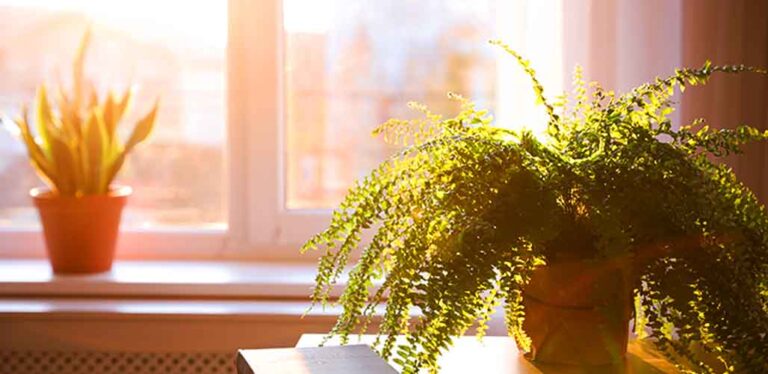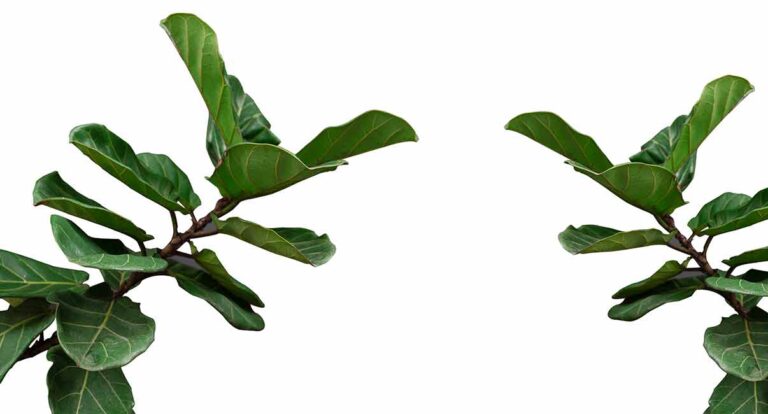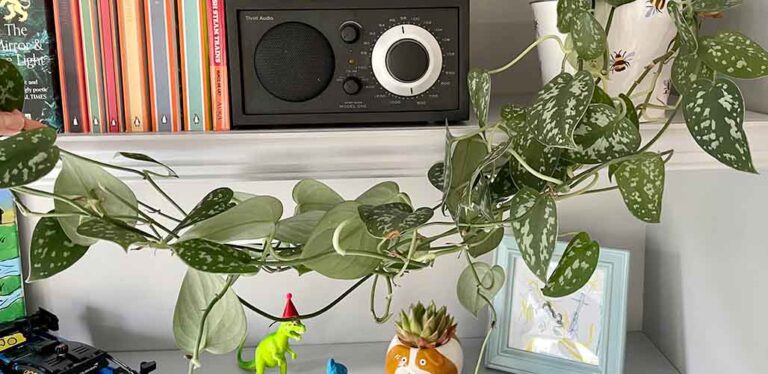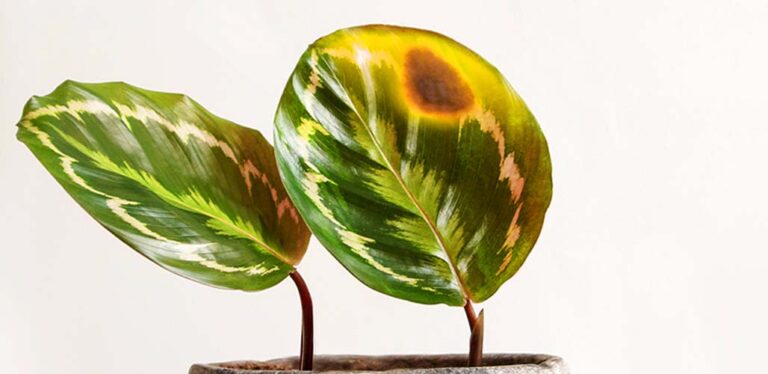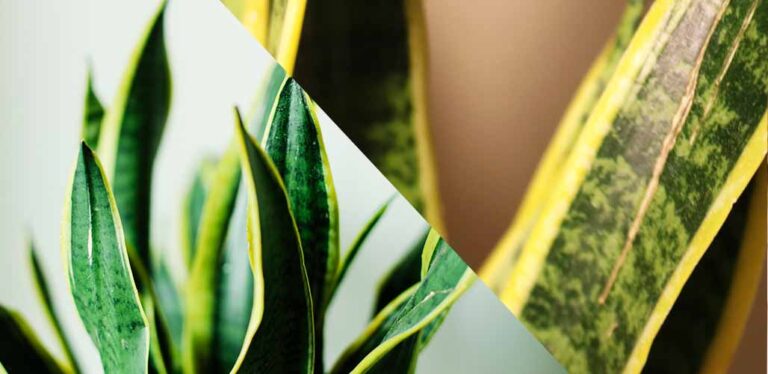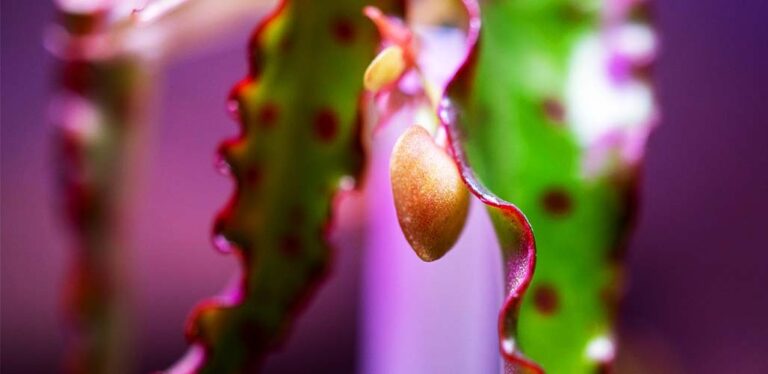Fiddle Leaf Fig Sunburn
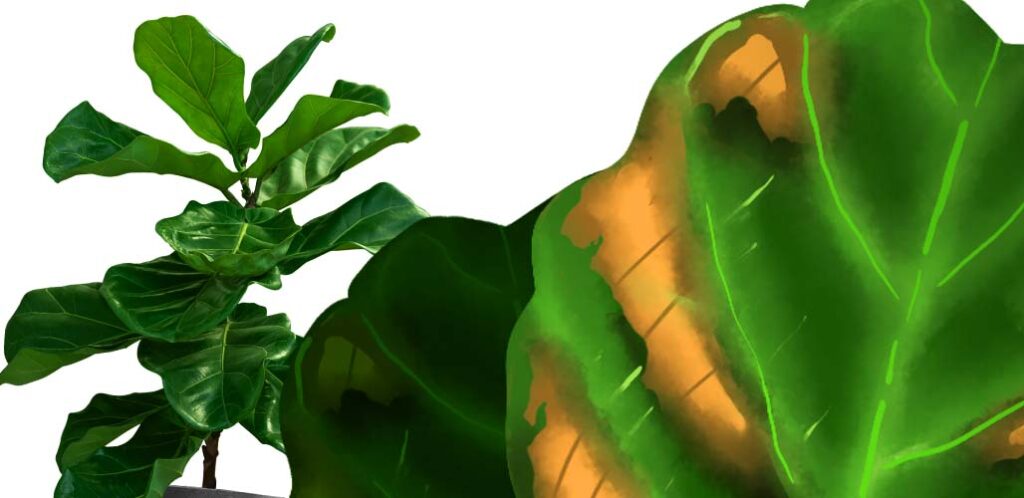
Fiddle leaf fig sunburn is a common issue. It’s probably down to the fact that lots of light is vital for fiddle leaf figs to grow quickly and strongly, but they’re not immune to sunburned leaves if they stand in direct UV for too long.
Sadly, a sunburned fiddle leaf fig is less attractive to look at, and may even start to die back if you don’t take prompt steps to protect it. So today I’ll share the signs of sunburn on these gorgeous houseplants, and how best to help them recover.
- How much sun does a fiddle leaf fig need?
- What does a sunburned fiddle leaf fig tree look like?
- How to treat sunburn on fiddle leaf fig
Fiddle leaf fig sunburn appears as large brown patches on the leaves which feel dried out and crispy to the touch. Severely burnt leaves can even have tell tale brittle scorch marks which crumble when you touch them. But don’t give up on your plant just yet – sunburn on fiddle leaf fig leaves is easy to remove, and whilst not all plants recover, there is nothing to lose by trying!
How much sun does a fiddle leaf fig need?
Fiddle leaf figs like lots and lots of indirect light. Since it can be hard to picture exactly what that means, it helps to imagine the kind of environment they have adapted to survive in. Fiddle leaf figs are native to a particular rainforest region in Africa, from Sierra Leone in the west, to Cameroon in the east. Within this ecosystem, they form part of the forest understorey. Up above them, taller trees like irokos and African oaks make up a canopy layer. And towering above them are the emergent layer trees: hardwood species like stinkwood and mahogany.
The understorey environment which fiddle leaf figs occupy is a warm, humid, and sheltered environment, and the light which reaches them is dappled by the foliage of the canopy and emergent layer. That’s not to say that it’s shady though – lots of light still gets through. And besides the light that hits the fiddle leaf fig directly, still more is bounced onto them from the surfaces of other plants.
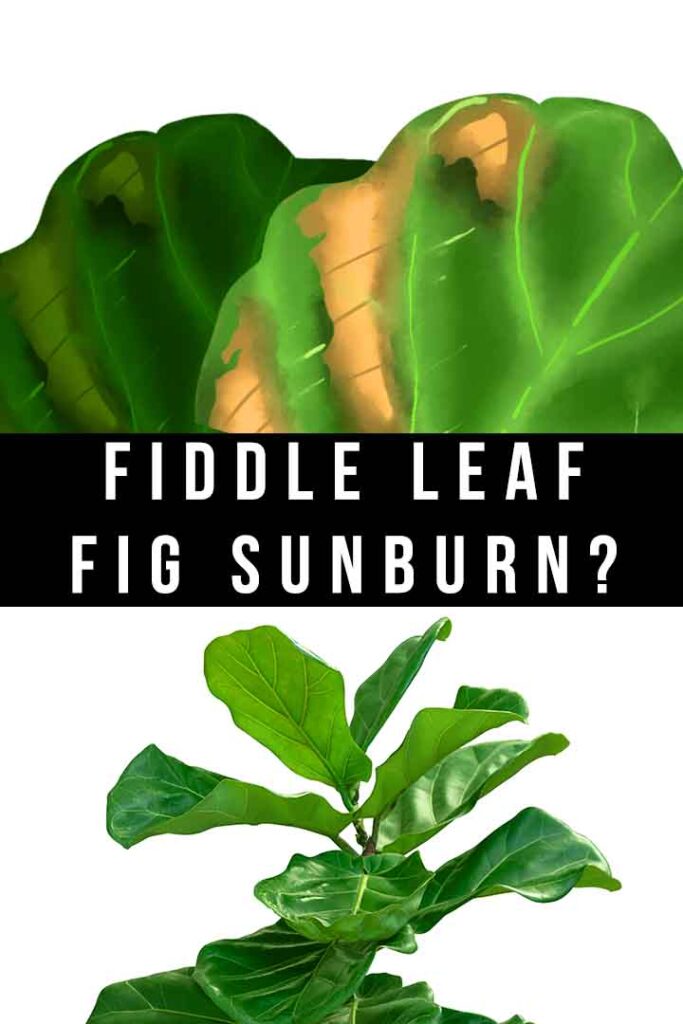
Do fiddle leaf figs like direct sunlight?
Fiddle leaf figs do like a lot of light, and because of this it’s tempting to put them right in front of a south- or west-facing window, the moment we bring them home. But, the truth is that too much direct sunlight can cause light stress, and yes, even sunburn. Especially if they weren’t kept in direct sunlight in the store, and the change in conditions shocks them. Fiddle leaf figs prefer lots of indirect light – a bright place caused by the reflection of light from other surfaces. This could mean a spot by a big window with a tree outside to dapple the light, or sheer drapes or window shades to block some of the sun’s intensity. Alternatively it could mean a spot a few feet in from a window, against a pale colored wall.
Accidental sunburn is often a problem!
Fiddle leaf figs can get sunburned if they sustain too much intense, direct sunlight. Or even if they are moved to an appropriately bright spot from a relatively shady spot, but without a gradual transition period. Fiddle leaf figs are notoriously sensitive to being moved. Even if they’re stressed by inadequate light in the current home, suddenly moving them into brighter conditions can be just as stressful. They can tolerate a lot of bright light, but they need a chance to adjust to it. So if you want to relocate them, take them to their new spot for a few short ‘settling in’ sessions before making the move permanent.
The signs
The signs of fiddle leaf sunburn are:
- Faded patches. Faded patches on leaves, where the leaf looks basically normal but with less green in it are actually a precursor to fiddle leaf fig sunburn. They are a sign that your plant is becoming light stressed, and their photosynthetic pathways (which turn sunlight into food, and dispel surplus sunlight as heat) are being overwhelmed and breaking down. If you move your plant or give it some shade now, you might be able to protect it from getting sunburned at all!
- Brown patches. Brown patches are a clear sign that your plant’s leaves have literally started to bake in the sun. The brown patches are caused by leaf tissue being destroyed at a cellular level. Brown patches tend to start either where the leaf is thinnest – in between the veins in the center of the leaf – and spread outwards.
- Scorch marks. Scorch marks can happen when part of the leaf is subject to very intense light. The scorch marks form where the light hits, and have a very clear outline. The scorched area is brown or grey, and crumbles easily when touched.
The road to recovery
Individual sunburned fiddle leaf fig leaves can’t heal from being sunburned, because the sunburned tissue is literally dead. But the overall plant may recover, if the damage is not too extensive and you take prompt action. Since fiddle leaf figs are sensitive to change, they sometimes respond equally badly to being treated or relocated. But since prolonged sun damage will kill it anyway, there’s usually little left to lose by trying! If a large plant has suffered a lot of damage, it can be a good idea to take a cutting from the remaining healthy material, and start propagating a new plant anyway. Just in case you need a back up.
How to treat sunburn on fiddle leaf fig
- First, take the plant out of its current spot. Since fiddle leaf figs are notoriously sensitive to change, don’t suddenly plunge them into shade. Rather, move them a couple of feet back from whatever light source they’re relying on, to reduce the intensity of it.
- Cut out damaged foliage. Sunburn damage on fiddle leaf figs can’t be reversed – the affected areas are permanently destroyed at a cellular level, so follow the tips in the next section for removing them.
- Give it a drink and some fertilizer. Water and nutrients are very restorative to stressed plants, and help provide the resources they need to regrow healthy foliage.
- Wait. Your plant might need a while to recover before it starts putting on new growth, so be a little patient.
Should I cut off sunburned leaves?
Since sunburned leaves can’t recover, it usually makes sense to cut them off. Damaged leaves stop being able to photosynthesize at full capacity, but they still drain energy from the plant. So it works against the overall wellbeing of the plant to keep them.
How to trim fiddle leaf fig plants
Here are some tips for performing successful protective surgery on your fiddle leaf fig:
- Trim damaged leaves using sharp kitchen scissors, pruning shears, or micro shears.
- Make sure your tools are clean before you get to work, to avoid transmitting disease between plants.
- Trim leaf stalks close but not flush to the main stem. You don’t want to risk wounding the main stem, but any remaining leaf stalk will die back after you’ve cut it, which can leave unsightly brown twiggy bits.
- Don’t remove more than 30% of the leaves at a time, or the plant won’t have enough foliage to support itself. Choose the worst affected leaves first, and if there are still some damaged leaves left, come back to remove them at a later date when some healthy new foliage has regrown. Leaves with a mix of healthy tissue at the base and scorch marks at the tip can be cut in half for now to remove the scorched tissue. The remaining half-leaf will keep photosynthesizing to sustain the plant, and can be removed at a later date when there is new foliage to replace it.
- When you have finished pruning, give your plant water and fertilizer to help it recover.
Fiddle leaf fig sunburn summary
Fiddle leaf figs like lots of indirect light, but they can get sunburned in too much direct sunlight. Sunburn looks like crispy brown patches where the leaves have been toasted by the sun. Sunburned plants may recover in a new location, but the damaged leaves won’t heal. Cutting off the damage leaves stops the plant wasting energy trying to sustain them.
More Fiddle Leaf Fig Guides
References
Ficus lyrata. Royal Horticultural Society. Accessed July 2022.

